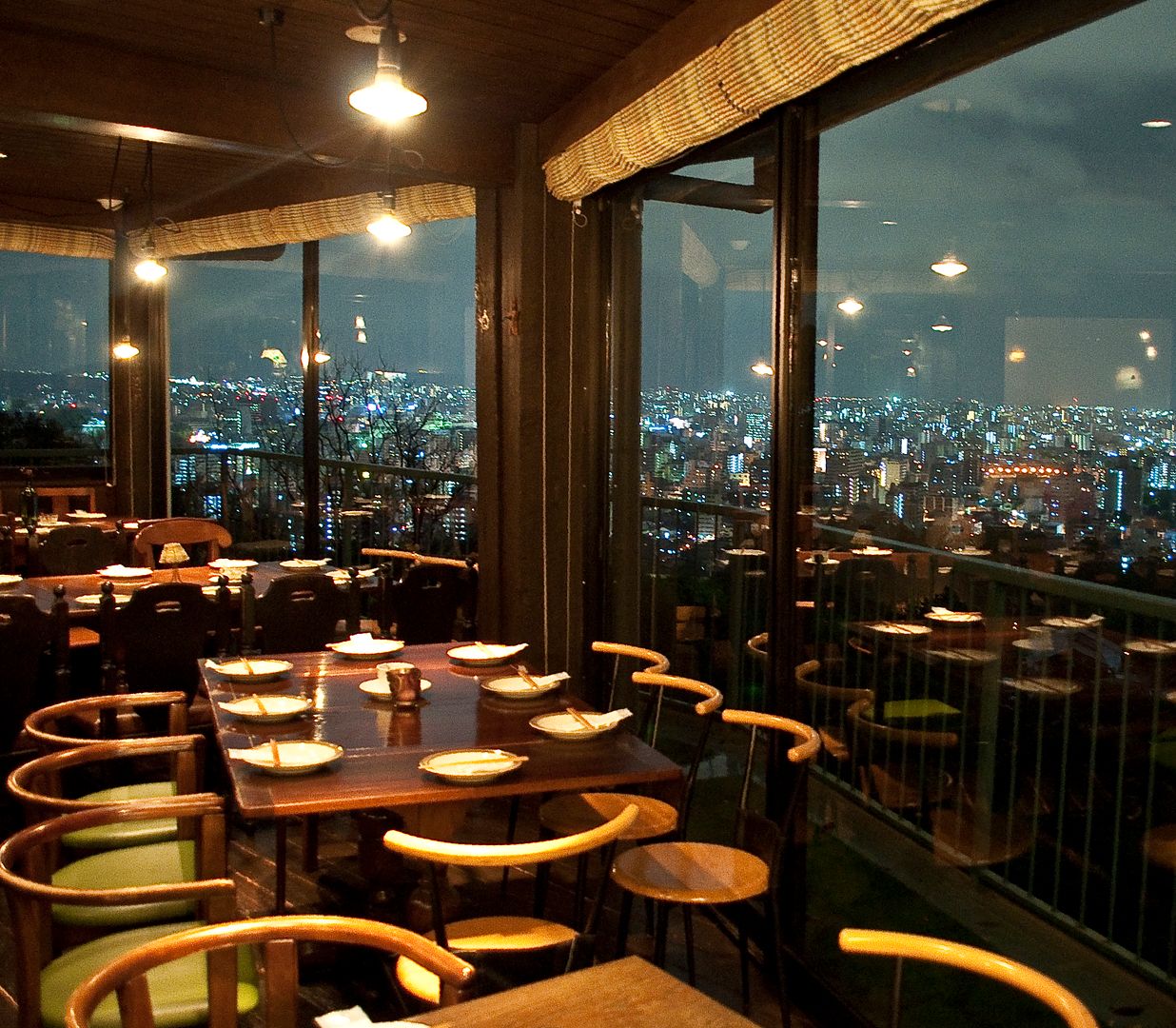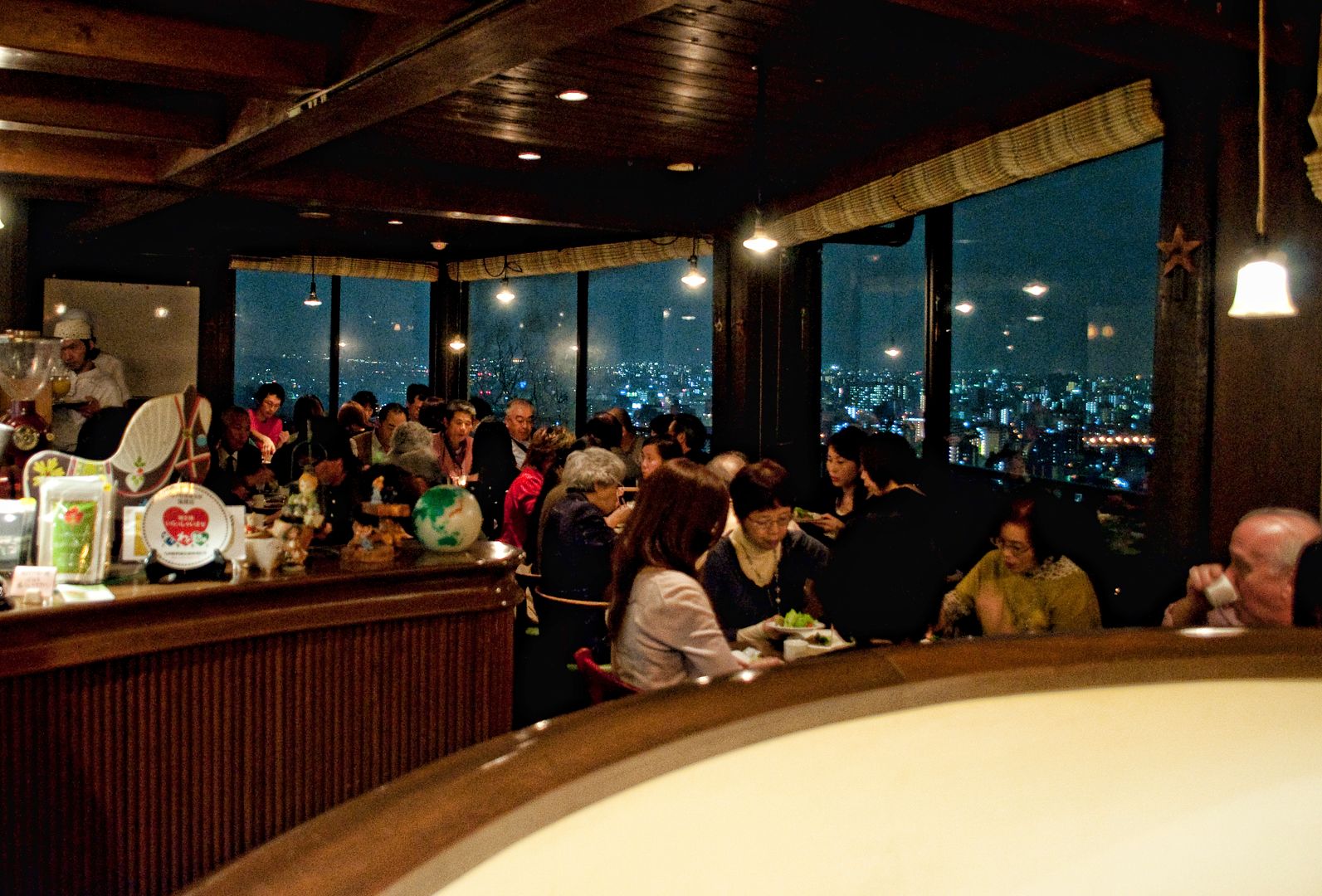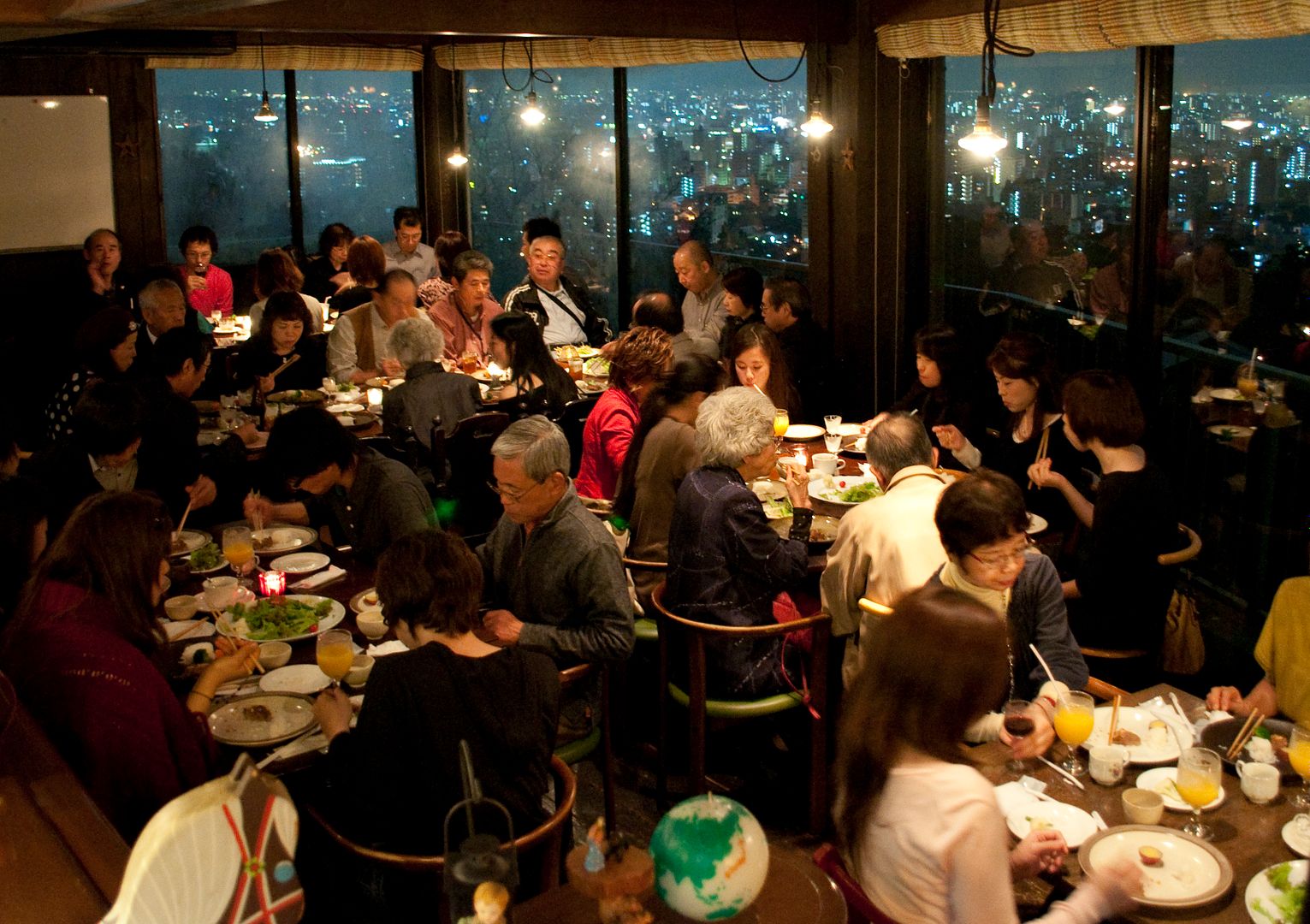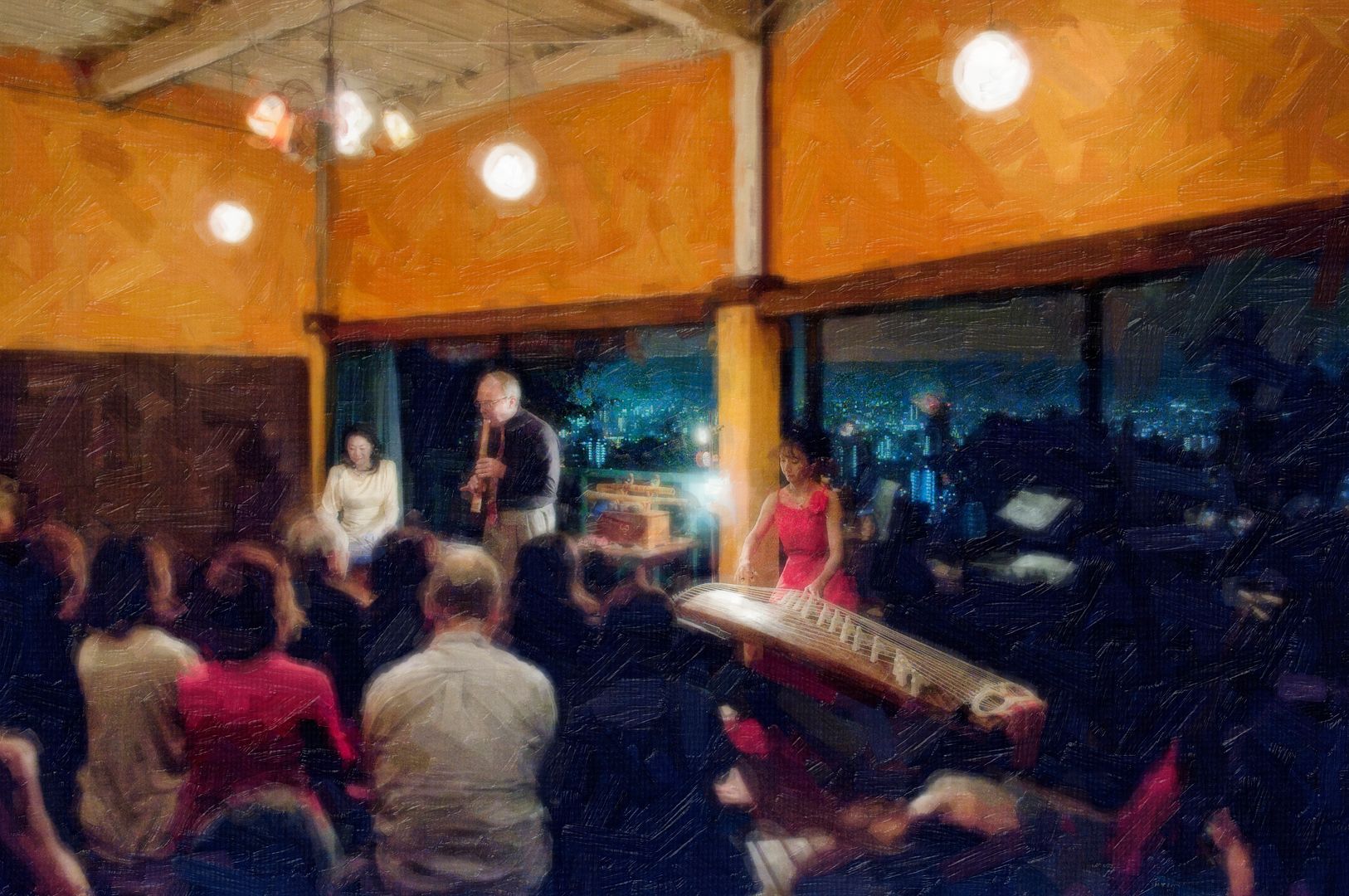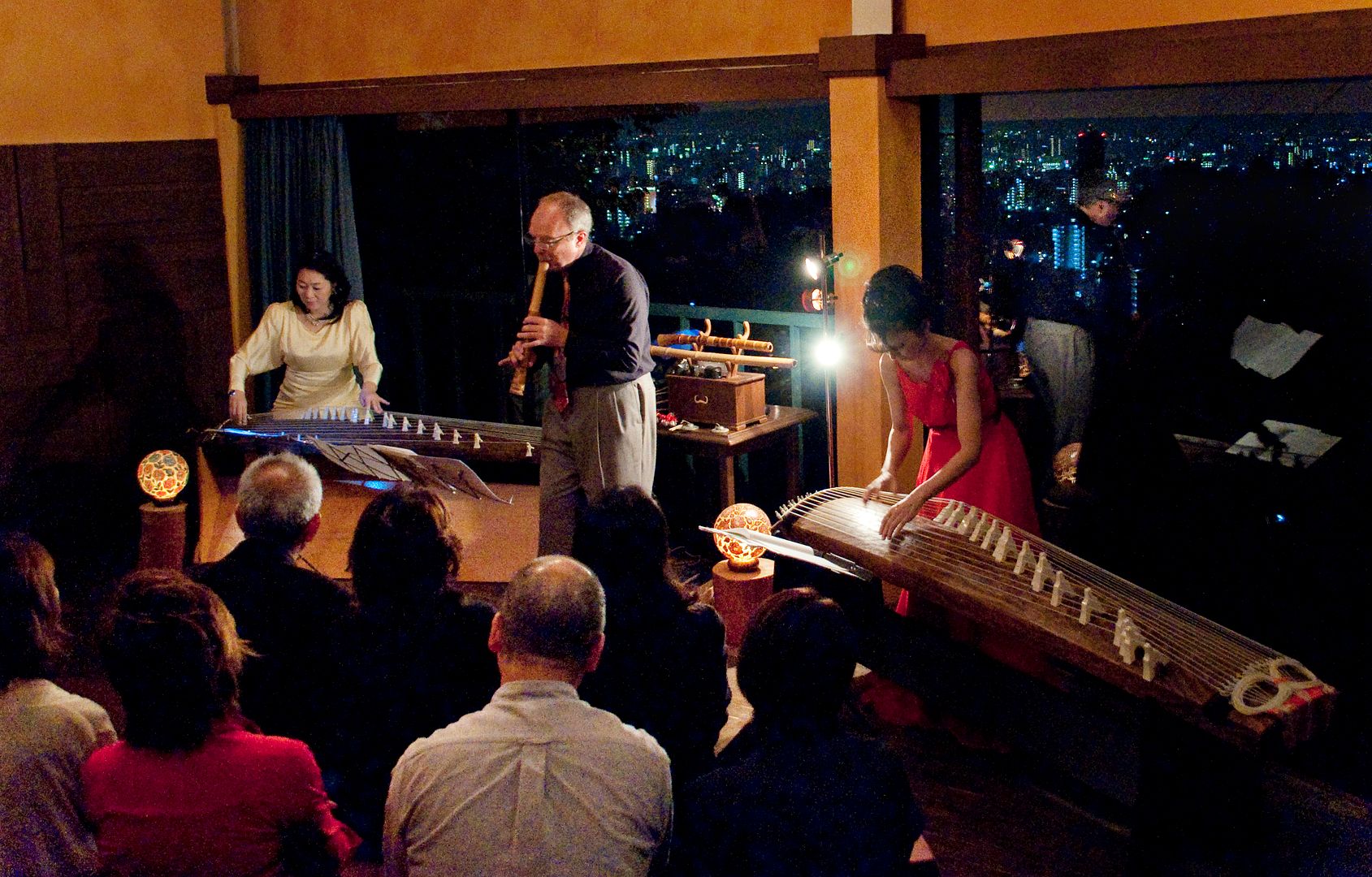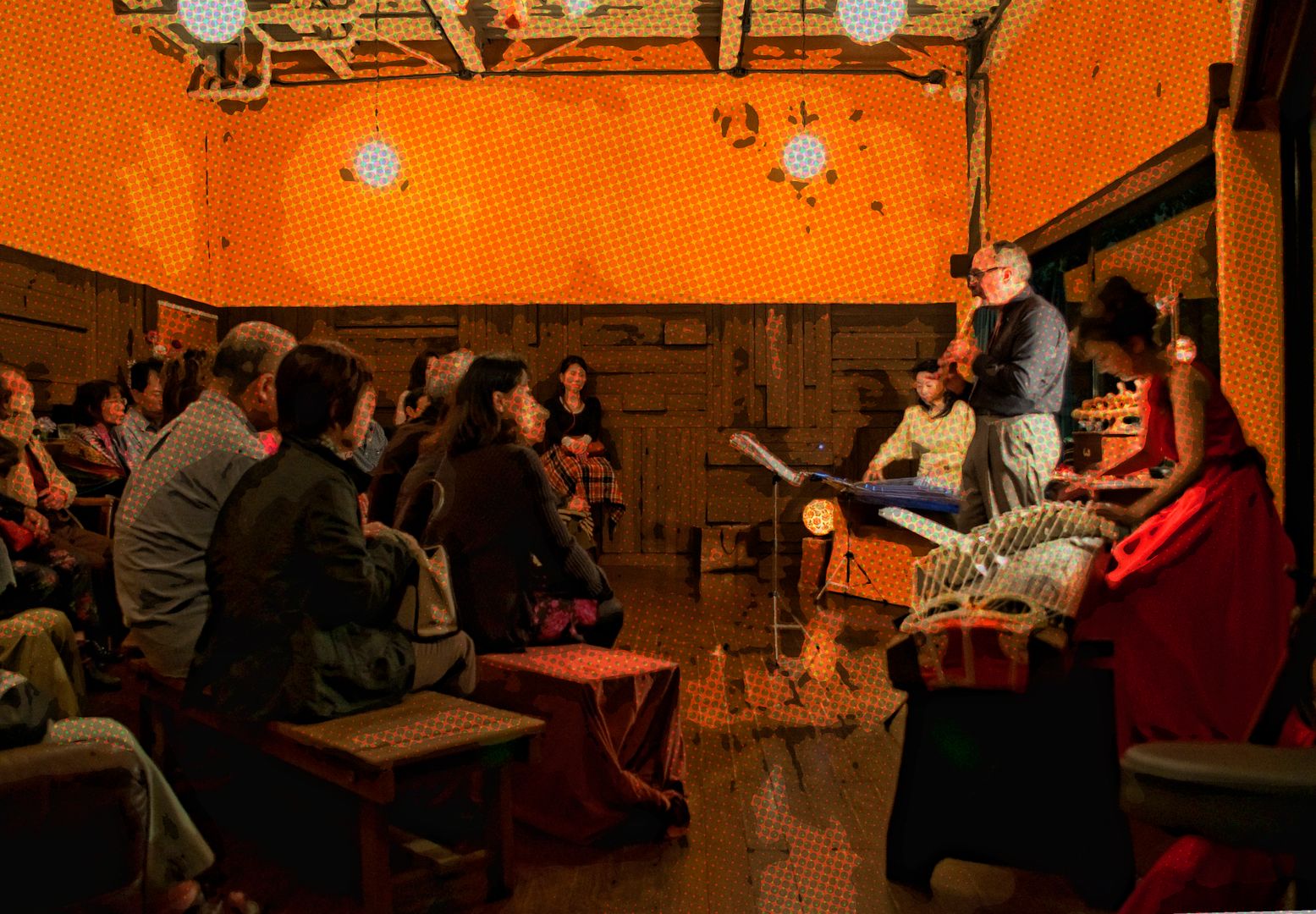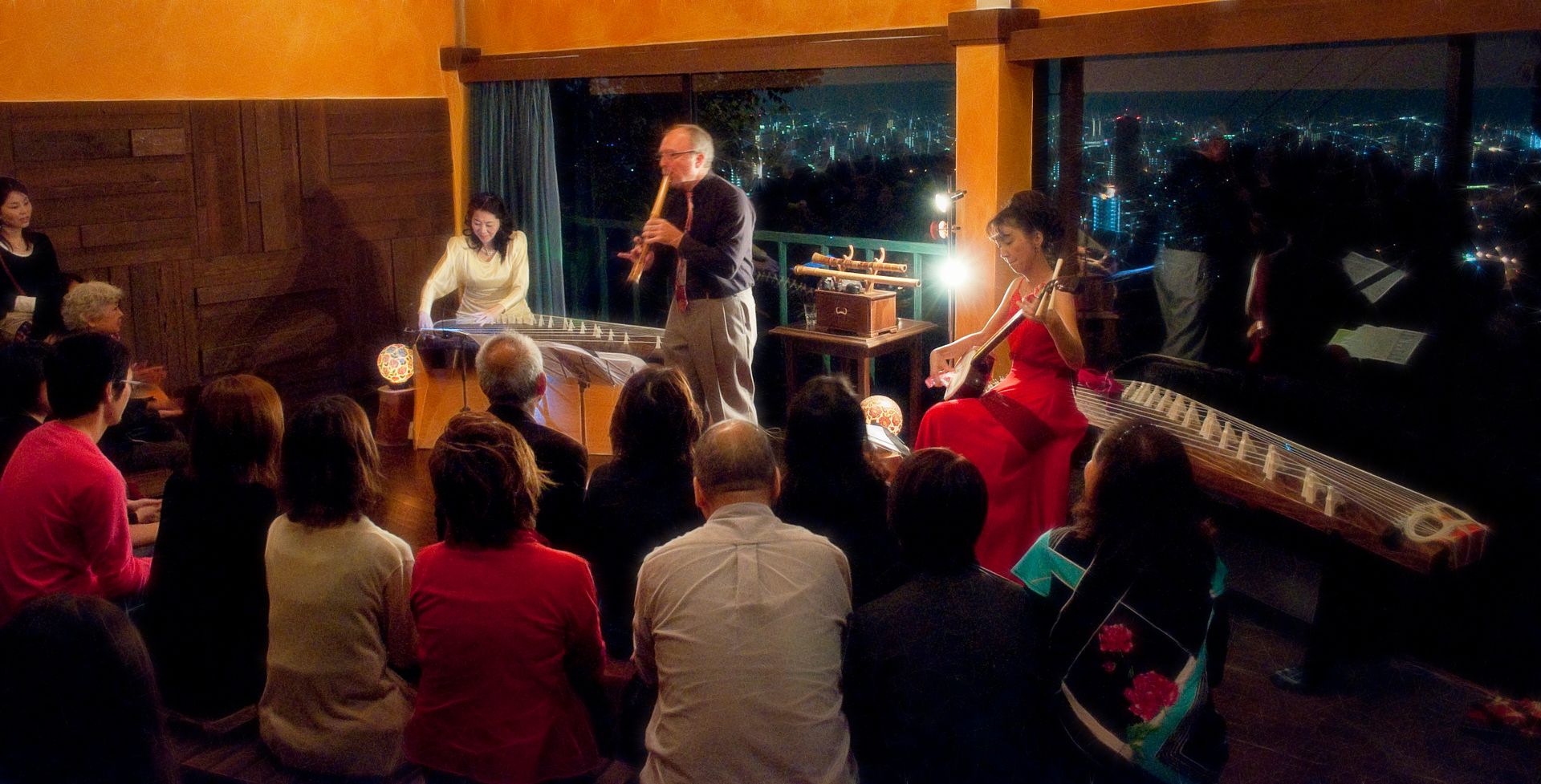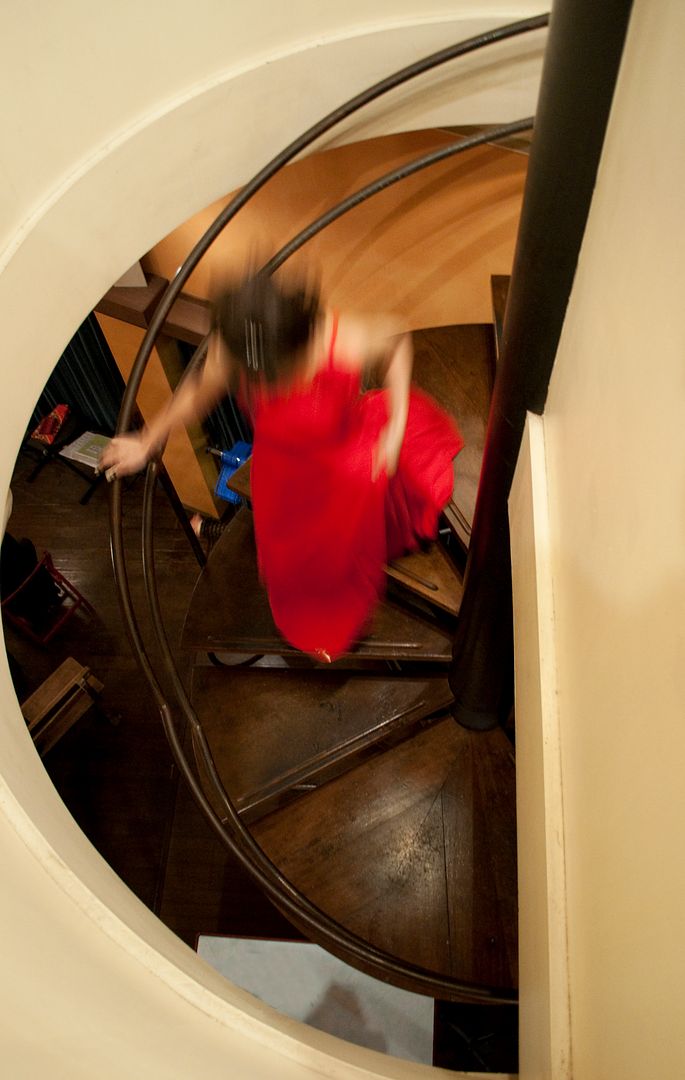I'll be heading off to Brussels, Belgium to join with a group of 60 players of traditional Japanese music (hogaku) on June 18th. We'll be performing two concerts, the larger of which will be held on June 23rd at BOZAR Center for Fine Arts. The concert will include a large ensemble of Nagauta players. Nagauta, literally "long song", is a kind of traditional Japanese music which accompanies Kabuki theater. They were developed around 1740. Influences included the vocal yokyoku style used in noh theater, and instruments including the shamisen and various Japanese drums. The shamisen, a plucked lute with three strings, is a very popular instrument in Nagauta. Nagauta performers generally play shamisen and sing simultaneously.
Aside from Nagauta, we weill be performing a selection of jiuta sankyoku pieces and Kinko-ryu honkyoku.
Date: Mon. 23 Jun.2014
Aside from Nagauta, we weill be performing a selection of jiuta sankyoku pieces and Kinko-ryu honkyoku.
Date: Mon. 23 Jun.2014
Start: 8 pm
Place: BOZAR Cetre for Fine Arts/Studio
Supported by the Embassy of Japan in Belgium
Info & Tickets
http://www.bozar.be/
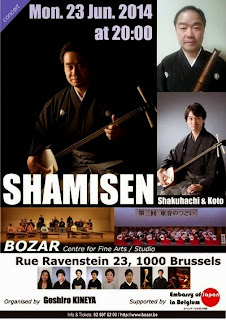








 This is a kakejiku done by friend and artist Nogami Reizan for the show. It says Zen Take Tabi.
This is a kakejiku done by friend and artist Nogami Reizan for the show. It says Zen Take Tabi.

